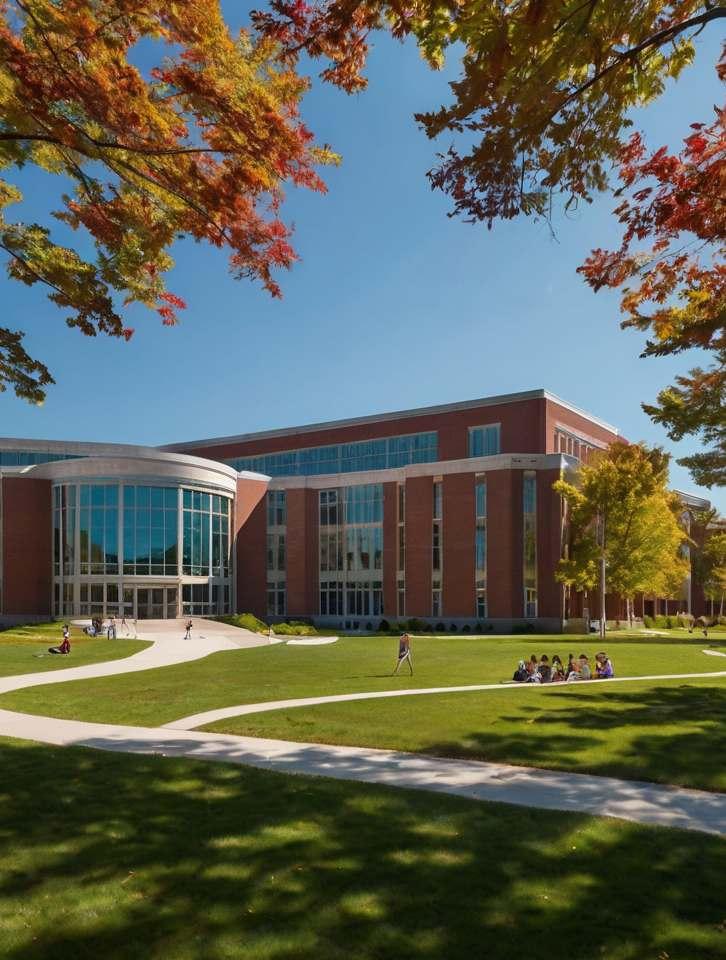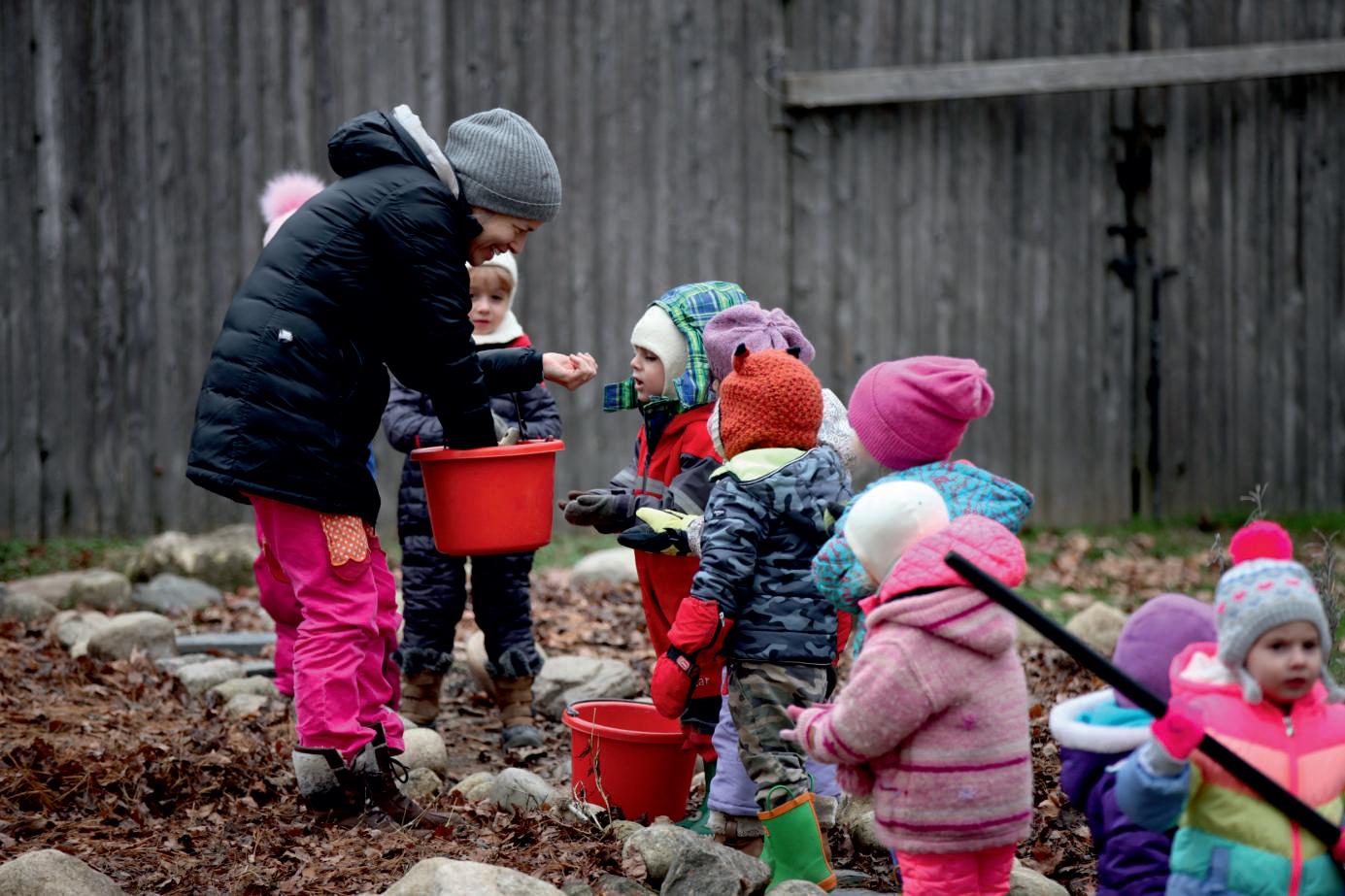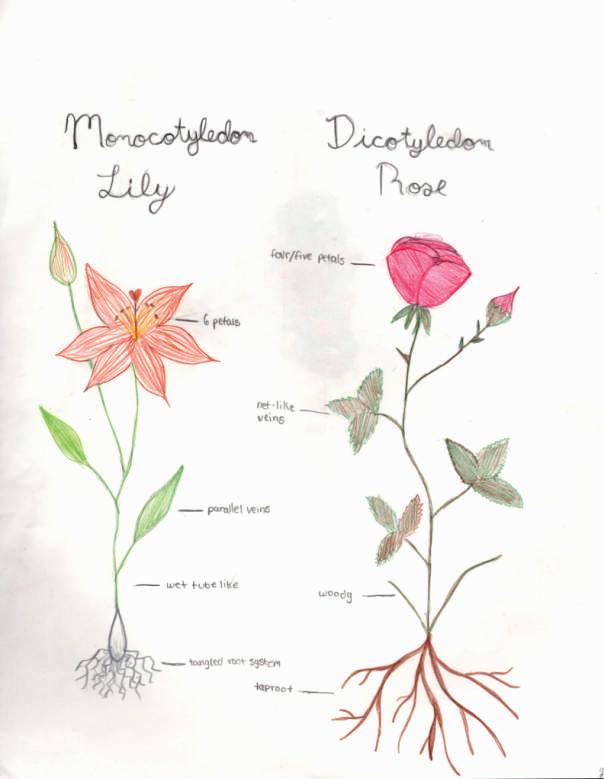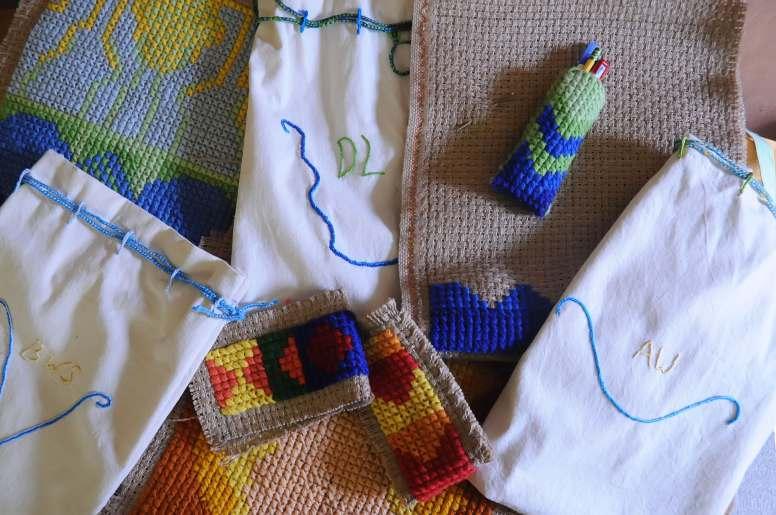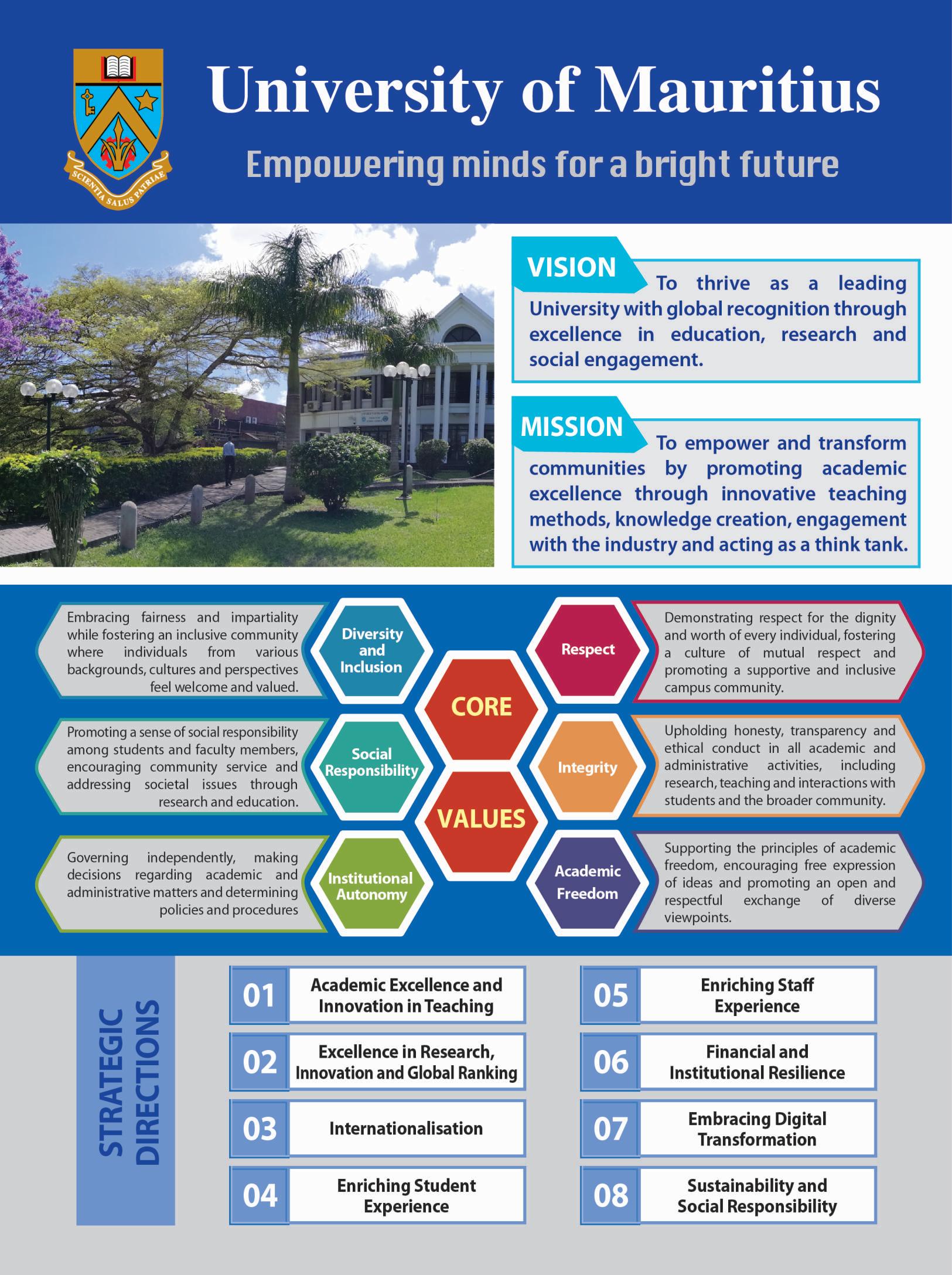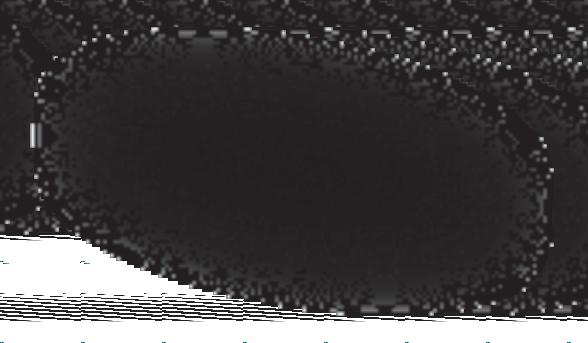Center for Excellence
Showcasing Best School in Connecticut Special Feature
Housatonic Valley Waldorf School
Nurturing the Wonder and Curiosity of the Whole Child
Augmented Reality in the Classroom
Augmented Reality Apps for Classroom Learning
Educational Institutions in Connecticut
How Educational Institutions in Connecticut are Adapting to Modern Learning Needs
Center for Excellence
Housatonic Valley Waldorf School VIEW is recognized by The Education View Magazine in an annual listing of for its dedication to academic excellence, holistic development, and commitment to nurturing students through a wellrounded educational approach.
BEST SCHOOL Knowledge Junction: Showcasing in Connecticut
The Education View has confirmed the identity of the participation in the current issue.
Mary D'souza Editor-in-Chief
Mary d ‘souza
Contemplation Editor’s SShaping Tomorrow's Scholars with Excellence Educationismorethanjustacademics—itisaboutnurturingcuriosity,creativity, andcriticalthinking.Schoolsthatprioritizeawell-roundedapproachto learning,createenvironmentswherestudentscanthriveintellectuallyand personally.Astrongfoundationineducationequipsstudentswiththecon�idenceto exploretheirpotentialanddevelopalifelongpassionforlearning.Institutionsthat recognizethevalueofinnovativeteachingmethodsandaholisticcurriculum contributetoshapingfuturegenerationswhoareknowledgeable,adaptableand compassionate.
Knowledge Junction: Showcasing Best School in Connecticut highlightsan institutionthatupholdseducationalexcellencebycultivatingmeaningfullearning experiences.Thisschoolprioritizesintellectualgrowth,creativity,andsocial responsibility,ensuringthatstudentsarepreparedforthefuture.Byintegrating traditionalandcontemporaryteachingmethodologies,theyofferabalanced approachthatenhancesacademicachievementandpersonaldevelopment.The commitmenttoprovidingqualityeducationgoesbeyondtextbooks,encouragingan environmentwherestudentsthinkcriticallyandengagewiththeworldaround them.
Thiseditionfeatures Housatonic Valley Waldorf School,theonlyWaldorf gradeschoolinConnecticut.Theschooloffersawell-structuredcurriculumthat supportsstudentsfromearlychildhoodthroughgradeeight,emphasizing academicexcellence,artisticexpression,andsocialdevelopment.With accreditedWaldorfeducationprograms,after-schoolcare,summercamps, andengagingevents,theschoolprovidesanenrichingexperienceforboth studentsandfamilies.
Exploretheinsightssharedinthiseditionandexploretheinstitute thatmakesalastingimpactoneducation.Itsdedicationto fosteringwell-roundedlearnersre�lectsthetrueessenceof academicexcellence.
Have a great read ahead!
-
Maria Christopher
Education is for improving the lives of others and for leaving your community and world better than you found it.
- Marian Wright Edelman
Editors Sales The Magazine Contributors Editor-in-Chief
Mary D'souza
Managing Editor
Maria Christopher Executive Editor
Anish David
Art & Design Head
David King
Co-designer
Pau Belin
Senior Manager of Sales
Sherin Jones
Marketing Manager
Daniel Smith
Sales BDE
June Stewart
Technical Head
Jacob Smile
Technical Consultants
David, Robert
Digital Marketing Manager
Mark Clain
Circulation Manager
Eric Smith
January us on theeducationviewmagazine educationview the-education-view-magazine theeducationviewmagazine
Office Success Media Tech LLC 555 Metro Place North, Suite 100, Dublin, OH 43017, United States Phone - (614)-602-1754 Email - info@theeducationviewcom Subscription - theeducationviewcom
The Education View is published by Insights Success Media LLC. Copyright © 2025 Insights Success Media LLC, All rights reserved. The content and images used in this magazine should not be reproduced or transmitted in any form or by any means, electronic, mechanical, photocopying, recording or otherwise, without prior permission from Insights Success. Reprint rights remain solely with Insights Success Media LLC.
Augmented Reality in the Classroom
Augmented Reality Apps for Classroom Learning
How Educational Institutions in Connecticut are Adapting to Modern Learning Needs 08 14 18
Housatonic Valley Waldorf School Nurturing the Wonder and Curiosity of the Whole Child
Table Educational Institutions in Connecticut
Featuring Articles
Housatonic Valley Waldorf School Nurturing the Wonder and Curiosity of the Whole Child Waldorfeducation
infusesits curriculumwith exclusivepracticesdesigned tostimulatethecreativity andgrowthofthewhole child—mind,bodyandsoul. Zoë Schlanger,an HVWS alumna andNewYork Timesbestsellingauthorof “The Light Eaters,” credits herWaldorfeducationwith both�indinghervocationas asciencewriterandher successasajournalist.
Schlangerdescribeshow herearlylearningabout botanyinelementaryschool cultivateddeepercuriosity aboutplantscience,saying thatatHVWS,newsubjects are“presented as complete worlds”students areinvitedtodiscover "The sum of something is always greater than its parts,"Schlangercontinues. "That imparted to me the sense that in order to really
Knowledge Junction: Showcasing Best School in Connecticut
understand something, you had to get at the whole of it." Likea�lowerunfurling petalbypetal,theWaldorf learningenvironmentand itsclose-knitcommunity encouragechildrento becomefullythemselves. Freefromthedistractionsof screensandmultimedia, Waldorfeducation emphasizeslearning throughexperience.
HVWSteacherssupportand assesstheintellectualand emotionalgrowthoftheir studentsovertime, introducingcomplex subjectsprogressively.This enablesthechildtofully graspconceptsastheir cognitivedevelopment allows.Usingthisapproach, HVWScultivatesthemind andnurturesthespiritof eachstudenttoblossomin theirownuniqueway.
Rooting with Wonder in Early Childhood In1989,asmallgroupof parentsmetinNewMilford, CTtodiscussopeninga Waldorf-based kindergarten,whichhas nowgrownintotheonly Waldorfgradeschoolin Connecticut.Thefounders ofHVWSweredrawnto RudolphSteiner's educationalphilosophy becauseofthewaysit deepenedtheirchildren's intellectual,physicaland social-emotionalgrowth. Throughexpansive imaginationandnaturebasedplay,Waldorf studentsareinvitedinto experientiallearningthat fosterscreativityand criticalthinking.
InHVWS'sEarly Childhoodprogram,which spanspreschoolto kindergarten,theseyoung
Science education begins with observation and inquiry in the Early Childhood classroom. Through direct encounters with nature, students begin to notice changes in the natural world and to understand the reasoning for why those changes occur.
studentsexperience learningthroughoutdoor exploration,creativeplay andpurposefulwork. Throughthedailyactivities andchores,likebaking breadandmakingsoup togetherasadailysnack, thestudentshonetheir�ine andgrossmotorskills.Play spacesare�illedwithtoys madefromnatural materialsthatseektospark theimagination.
Outdoorlearningis centraltoWaldorf educationatHVWSand informsthedailyexperience ofstudentsfrompre-K throughEighthGrade. Scienceeducationbegins withobservationand inquiryintheEarly Childhoodclassroom. Throughdirectencounters withnature,studentsbegin
tonoticechangesinthe naturalworldandto understandthereasoning forwhythosechanges occur.Studentsmanifest theseobservationsina varietyofartisticformats, includingbeeswax modeling,paintingand drawings.Atthisage, studentsareencouragedto generateasmany
explanationsaspossibleto exercisetheircreativityand imagination.
InThirdGrade,students engageingardeningand studyhumanshelters, culminatinginaweekona workingfarm.
InFifthGrade,theystudy botany,observingplant anatomyandthelifecycle. Duringheranatomyblock,
Schlangerremembered followingaplantfromfall throughtospring,watching itstransformationwiththe seasons,learningto appreciateeverypartofthe plant'ssystems.
“I understood something about growth, about cycles, about the forms nature makes after that experience," Schlangeradds.
Suchhands-onexperiences invitechildrentoclosely observethenaturalworld, fosteringadeepsenseof wonderwhilealsobuilding foundationalscienti�ic knowledge.
Beyondtheclassroom, studentsalsospendtime playingoutdoorsdaily, whichnotonlyenhances theirphysicalcoordination
andcognitivefunctionbut strengthenstheiremotional well-beingandresilience throughadeepconnection tonature.
Supporting an Environment for Growth in Grades School
Tofosterthecreativityand growthofthewholechild, Waldorfeducationis
Creative expression is a core aspect of a Waldorf student’s academic experience. Rather than learning music and art as separate disciplines, they are seamlessly woven into how students learn every core subject.
appropriatewayincreasesa child'scon�idenceand commandofeachsubject, whichhelpsstudentsbuild adeeplevelofcuriosityand wonderthatwillshapetheir attitudetowardseducation.
exceptionallyintentional aboutthesequenceof instructionforchild development.IntheFirst andSecondGrades, studentsmoveslowly throughearlyliteracyand numeracy,takingtimeto learnlettersandnumbers throughstories,rhymesand games.Introducingsubjects inadevelopmentally
Abene�itofHVWS'ssmall classesisthatteachersoften movewiththeirclassfrom FirstthroughEighthgrade tosupportthem,apractice knownasLooping.The advantagesofhavingknown themsincekindergarten helpsteachersprovidean individualizedand stimulatingexperiencefor eachstudent.Additionally, teachersgainadeep understandingofeach student'suniquesocialand emotionalneedsandcan helpbothstudentsandtheir familiestosupporttheir social-emotionalwell-being.
Studentslearncore subjectsinmulti-week blocks,whichallowsaclass tofocusononeprimary subjectatatime,ensuring enrichedcomprehension
anddeepconnectionwith thetopic.Ratherthanusing textbooks,studentsdesign mainlessonbooksthat re�lecttheirlearning experienceineachblock, whichareenhancedwith illustrationsandcursive handwriting.Mainlesson booksareonetoolusedby teacherstoadapt instructionstoeach student'sindividualneeds aswellascreate opportunitiesfor collaborationandgroup work.Waldorfteachers receivespecialtrainingto supporttheirclasses througheachcomponentof theWaldorfcurriculum. Waldorfintroduces complexscienti�icsubjects gradually,allowingthe child’smindtograsp conceptsslowlyovertimein conjunctionwiththeir cognitivedevelopment.For example,studentsbegin learningGeometrythrough formdrawingsintheearly years,whichbuildsinto
free-handdrawingsofknots andbraidsbyFourthGrade. BySixthandSeventhGrade, whenthemathematicsof Geometryisformally introduced,students alreadyhaveanapplied understandingofhow shapesarecreated.
Marleen De Grande,a Teacher ofWaldorf educationfor34years, describesteachingaclass fromFirstthroughEighth Gradeas'an adventure. ' "Every summer,"De Grandeexplains,"You prepare for the new school year by learning about the topics you'll be teaching."
Reviewingnewsubjectsfor theupcomingyearallows teacherstotailortheir curriculumtotheunique needsoftheirclass.
"Because you move through the grades with the students, you get to know them really well,"DeGrande states,"so you can choose to teach certain topics that will help those students develop their knowledge as well as the social skills they need to thrive"
Screen-freeclassrooms andwaitingtointroduce gradinguntilSeventhGrade keepstudentsfocusedon learningratherthanonthe pressuretoperform.
Enhancing Core Academics through Creative Hands-on Learning Creativeexpressionisacore aspectofaWaldorf student'sacademic experience.Ratherthan learningmusicandartas separatedisciplines,they areseamlesslywoveninto howstudentslearnevery coresubject.Bylearning songsandpoemsrelatedto agiventopicandcreating illustrationsintheirmain lessonbooks,students experienceartandcreative expressioninserviceof theiracademiclearning. Beyondcoresubjects,
studentsparticipatein classesonawiderangeof uniquetopics,learningtwo foreignlanguages(German andSpanish)beginningin FirstGrade,aswellas�iber arts,woodworkandclay modeling.Fiberarts increase�inemotorskills whilealsoteachingchildren mathematics,draftingand creativity.Woodworking andclaymodelingallow studentstounderstand conceptsinthree dimensions.Childrenalso learntoplaytherecorder andsingsongsrelatedto coresubjects,andinThird Grade,chooseastringed instrumenttheylearnto
Special Feature To foster the creativity and growth of the whole child, Waldorf education is exceptionally intentional about the sequence of instruction for child development.
withperformancesthatare attendedandsupportedby theentireschool community.
Individualclassesalso holdsmallercelebrations relatedtoseasonalchanges, topicsinthecurriculumand explorationofworld cultures.
Communityvolunteer experiencesthroughoutthe yearinviteparentsand caregiverstodeepentheir personalconnectiontothe Waldorfcurriculum,to bettersupporttheir children'sdevelopmentand tobuildacommunityto supporttheminthe importantworkofraising children.
playinanensemblethrough EighthGrade.
Inrecentyears,agreat dealofevidencehas emergedthat�iberartslike knittingandsewing,aswell asdrawingandmusic, strengthencognitive functionandcultivate neuralpathwaysinthe braintosupportthe learningofscience,math andforeignlanguages. Inthisway,experiential learning,artandmusic integrationandspecialty classesallowallkindsof learnerstobeengagedand challengedintheirlessons.
Blooming with the Help of Community School-widefestivals throughouttheyearmark thechangingoftheseasons
Damian Ortelli, chair of the HVWS Board of Trustees, is the parent of a Seventh Grader, "Waldorf education is the absolute best investment you can make in your child's entire being,"Ortelli expresses."In a world that can sometimes seem like it is upside down, it is more important than ever to prepare our children with the tools, self-con�idence and ability to not just chart their way but to thrive in doing so "
GraduatesleaveHVWS eagertolearn,buildstrong relationshipsandexcelin highschoolandbeyond, carryingwiththem curiosity,resilienceand creativityintotheircareers. "That philosophy of wholeness in thinking is something I use every day in my work,"ZoeSchlanger says."It's why I remain fascinated and curious about the world"
Augmented Reality Apps for Classroom Learning Inrecentyears,the incorporationof technologyinto educationhastransformed traditionalteaching methods,andoneofthe mostpromisinginnovations isAugmentedReality(AR). ARappsforclassroom learningofferadynamic waytoengagestudentsand enhancetheireducational experiencebyblendingthe physicalworldwithdigital elements.Thispowerful technologyenablesstudents tointeractwith3Dmodels, simulations,andvirtual environments,making
complexconceptsmore accessibleandengaging.In thisarticle,wewilldiscover howARisreshaping personalizedlearningand improvingspatial awarenessandpromoting collaboration.
Enhanced Engagement and Interactivity: Oneoftheprimary advantagesofAugmented RealityintheClassroomis theabilitytocreate engagingandinteractive learningexperiences. Traditionalteaching methodsoftenstruggleto
16 Augmented Reality in the Classroom maintaintheattentionof students,particularlyin subjectsthatareabstractor theoretical.ARappsbring lessonstolifebyallowing studentstointeractwith3D models,animations,and simulations.Forexample,a studentstudyingbiology canuseARtoexplorea3D modelofthehumanheart, examiningitsstructureand functioninreal-time.This interactiveapproachnot onlykeepsstudents engagedbutalsodeepens theirunderstandingofthe subjectmatter
Personalized Learning Experience:
AugmentedRealityallows foramorepersonalized learningexperience.Every studenthasuniquelearning preferencesandspeeds,and ARappscancatertothese individualneeds.ARcan adapttothestudent's learningstyle,providing customizedexperiences, whethertheyarevisual learners,kinesthetic learners,orauditory learners.Byallowing studentstolearnattheir ownpace,ARappspromote betterretentionof informationandhelpbridge knowledgegaps.For instance,students strugglingwithmathcan useARappstovisualize abstractproblems,making iteasierforthemtograsp complexconcepts.
Improved Spatial Awareness and Hands-On Learning:
Forsubjectsthatrequire spatialawarenessand hands-onlearning,suchas engineering,architecture,or geography,Augmented
RealityintheClassroom provesinvaluable.AR enablesstudentstointeract withvirtualobjectsinreal space,improvingtheir abilitytovisualizeconcepts andengageinpractical problem-solving.Students canexplore3Dmodelsof historicallandmarks, manipulategeometric shapes,orobservephysical phenomenainaction.This tactilelearningapproach allowsthemtodevelop criticalthinkingand problem-solvingskills, whichareessentialinmany �ields.
Increased Collaboration and Communication:
Anotherkeybene�itofAR appsintheclassroomis theirabilitytoencourage collaborationand communicationamong students.ManyARapps allowmultipleusersto interactwiththesame augmentedcontent simultaneously,fostering teamworkandcollective learning.Studentscan collaborateonprojects, shareideas,andsolve problemstogetherina dynamicandengaging environment.This collaborativeaspectofAR encouragescommunication skillsandteamwork,which arevaluableskillsinboth academicandprofessional settings.
Support for Diverse Learners and Special Education: AugmentedRealityalso offerssigni�icantbene�its forstudentswithspecial learningneeds.Forstudents withdisabilitiesorthose whorequirealternative
learningmethods,ARcan beapowerfultooltomake contentmoreaccessible.AR appscanprovidevisual, auditory,andtactile learningopportunitiesthat accommodateavarietyof learningneeds.For example,studentswith dyslexiacanbene�itfrom interactiveARtoolsthat highlighttextorbreakdown complexideasvisually, whilestudentswithautism canuseARappsthathelp improvesocialand communicationskills throughvirtualscenarios.
Facilitates Teacher's Role in the Classroom:
WhileARappsempower students,theyalsoprovide teacherswithvaluabletools toenhancetheirteaching methods.Teacherscanuse ARtosimplifycomplex ideasandprovidevisual aidsthatcomplementtheir lessons.ARcanmake abstractconceptseasierto understandbyoffering studentsamoreinteractive experience.This,inturn, allowsteacherstoprovide morepersonalized instructionandfocuson areaswherestudentsmay bestruggling.Additionally, ARcanautomatecertain aspectsofteaching,suchas assessmentsortracking progress.Teacherscan leverageARappstoprovide instantfeedbackandadjust lessonsaccordingto individualstudent performance,thereby increasingoverallef�iciency andeffectivenessinthe classroom.
Conclusion:
Theintegrationof AugmentedRealityapps
intoclassroomlearning holdsimmensepotentialto revolutionizeeducation.By increasingengagement, enablingpersonalized learning,andfostering collaboration,ARenhances theoveralllearning experienceandhelps studentsgainadeeper understandingofacademic concepts.Foreducators,AR providesinvaluabletoolsto simplifyteachingand improvelearningoutcomes, creatingamoreef�icient andinteractive environment.AsAR technologycontinuesto evolve,itsroleineducation willundoubtedlyexpand, offeringinnovativewaysto meetthediverseneedsof studentsandequipthem withtheskillsnecessaryfor successinanincreasingly digitalworld.
Adapting to How Educational Institutions in Connecticut Modern Learning Needs Educational institutionsare becomingthebasisof shapingafutureforthe world.Needsofsociety dictatethateducational systemsshouldchange,and theinstitutionre�lectsthis togivestudentsan educationforthe21st century.Inthisarticle,we willdelveintohow Connecticut'seducational institutionsareresponding tothechangingdemandsof modernlearning.We welcomeyoutothe conversationaboutthese excitingdevelopments.
Understanding the Current Educational Climate InConnecticut,the educationalsceneis diversi�iedamongpublic schools,privateinstitutions, andcharterschools.Each onehasauniquerolein
offeringservicestodifferent studentsfromdiverse backgroundsand communities.Thestatehas beenattheforefrontof identifyingtheneedfor changesineducational practices,especiallyas in�luencedbyadvancesin technologyandshifting demandsofthejobmarket.
Importance of Flexibility in Learning Flexibilityinlearningisa keythemeamong educationalinstitutionsin Connecticut.Schoolsare increasinglyrealizingthat studentslearndifferently andatdifferentpaces.Many institutionsareadopting personalizedlearning approachestailoredto individualstrengthsand weaknesses.Thismethodis notonlyhelpfulfor increasingthelevelof engagementinstudentsbut
alsoforlearning. Forinstance,the ConnecticutTechnical EducationandCareer System(CTECS)emphasizes teachingtechnicalskillsas wellastheoretical knowledgetothestudents. Withacombinationof experienceandtheorybasedlearning,CTECS trainsstudentstoengagein severaldifferentcareers andactivitiesintherapidly changingeconomy
Technology Integration in Classrooms
Anotheradaptationseenby theeducationalinstitutesof Connecticutisthatof classroomintegrationwith technologies.Schoolswould beinvestingheavilyin digitalizedtoolsand content,whichreallyadd valuetolearning.Online learningplatforms, alongsideinteractive
whiteboards,havemade classroomsmuchmore involving.
Inasimilarway,the COVID-19pandemicadded anextratwistbyhastening onlinelearningactivities. Manyinstitutionswereable toimmediatelyshiftto virtualclassrooms,where theneedforstrong technologicalinfrastructure wasemphasized.Moving forward,educational institutionsremain committedtothishybrid model:in-personlearning andonlinelearning,which servetheneedsofdiverse students.
Social and Emotional Learning Moderneducationalso stressesSEL.Educational institutionsinConnecticut alsocometotherealization thatthementalhealthand well-beingofstudentsare factorsaffectingtheir academicperformance.To thisend,manyschools integrateSELintotheir curricula.TheseSEL programsaredesignedto deliverbasicskillssuchas empathy,resilience,and self-regulation.
BypushingSEL, supportive,inclusiveschool environmentstherefore allowstudentstothrive academicallyandpersonally aswell.Thisapproachis importantforitsprovision ofinterpersonalskills workersneedfortoday's workplace.
Community Engagement and Partnerships Connecticut-based educationalinstitutionsare alsostrengtheningtheirlink
withlocalcommunities. Schoolsareactively establishingpartnerships withbusinesses,non-pro�it organizations,andhigher education.These partnershipsgivethe studentsreal-life experiencesandlearning resourcesthataugment theirlearningexperiences.
Forexample,programs likeConnecticut's "PathwaystoCollege," whichlinkshighschool studentswithalocal college,givethemexposure tocollegeandvarious�ields. Suchpartnershipsgetthe studentspreparedfor higherlearningandalso connectthecommunityinto afamilyforsupport.
Teacher Professional Development Professionaldevelopmentis imperativetoensurethe educatorsareappropriately preparedtotackletheneeds ofmodernlearning. Educationalinstitutionsof Connecticutareinthe processofcontinuous trainingbyteachers, underlininginnovativeand thelatesteducational technologicalmethods.
CAS(Connecticut AssociationofSchools),an umbrellaorganizationfor mostschoolsinthestate, regularlyconducts workshopsaswellas facilitatesresourcesto bolstertheskillsof educators.Hence,by ensuringthatteachers undergonewknowledge andtechniques,aswellas understanding,schools makethelearningsetting moreinterestingfor students.
Curriculum Updates Re�lecting Industry Needs Thecurriculumeducational institutionsareofferingin Connecticutisincreasingly re�lectingtheneedsof variousindustries.Thereis growingcollaboration betweenschoolsandlocal businessesaswellas industryleadersin designingprogramsthat re�lectworkforcedemand. Thisensuresthatthe studentisbothacademically well-equippedandprepared tohitthejobmarketwith therelevantskillsand knowledge.
Infact,STEM-based programsintheareasof science,technology, engineering,and mathematicsarespeci�ically targetedastheimportance oftheseareascontinuesto growintoday'seconomy Thisfocusonrelevant subjectsensuresthatthe studentisadequately preparedforthejobs awaitinghimorher
Conclusion Asweexplorehow educationalinstitutionsin Connecticutareadjustingto thedemandsofmodern learning,itbecomesclear thatchangeisnotonly necessarybutalso inevitable.Allthese commitmentsto�lexibility, technologyintegration, socialandemotional learning,community engagement,andupdated curriculashowthatthe campaignwillbeproactive ineducation.
Theeducationlandscape continuestokeepchanging, thustheneedtogetall players—educators,
parents,andcommunity members—workingin tandemontheissue;itis welltowardensuring properpreparationofour Connecticutstudentsat schoolsforcurrent challengesandbright opportunitiesahead.
Let'sseemore informationabout adjustmentsofConnecticut educationalinstitutionsto modernlearningneeds:If you'reaparent,educator,or communityleader,your involvementiscrucialin shapingthefutureof educationinourstate.
EducatorsinConnecticut takeprecedenceoverbeing effectiveandresponsiveby ensuringthesethemesmeet theirstudents'educational needs.Theseinstitutions lookpoisedforthebrighter futurethatthispromise promises—therewillnotbe anymomentwhere improvementsforthefuture studentdonotbegin.
